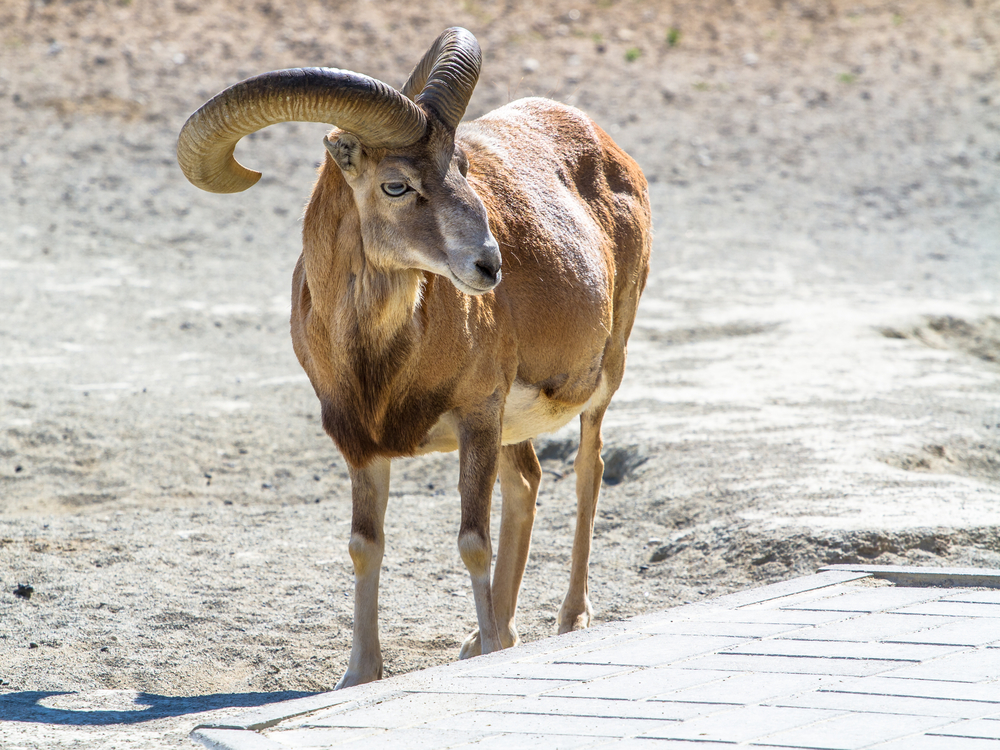Arevik Overview
Arevik National Park, locally known as “Արևիկ Ազգային Պարկ,” is a stunning protected area located in the southern region of Armenia, within the Syunik Province. This park is celebrated for its dramatic landscapes, ranging from rugged mountains to deep gorges and rolling plateaus, interspersed with meadows and forests. The terrain is diverse, shaped by centuries of geological activity, and offers breathtaking views of Armenia’s natural beauty. Its elevation varies widely, creating distinct ecological zones that foster an impressive range of flora and fauna.
The vegetation in Arevik National Park is equally varied, with lush forests of oak, hornbeam, and juniper in the higher elevations, while semi-arid vegetation and grasslands dominate the lower altitudes. Seasonal wildflowers add bursts of color to the meadows, creating an ever-changing palette that delights visitors throughout the year. The park is home to many endemic plant species, making it a vital area for Armenia’s botanical diversity.
Wildlife enthusiasts are drawn to Arevik for its remarkable array of fauna, including the elusive Persian leopard, a critically important species whose presence underscores the park’s conservation significance. Other notable mammals include Armenian mouflon, bezoar goats, and bears. The park also boasts an impressive avian population, with raptors such as griffon vultures and golden eagles often spotted soaring above its cliffs. Reptiles and amphibians, including several rare species, find refuge in the park’s varied habitats.
Arevik National Park offers visitors a range of activities to engage with its natural splendor. Hiking and trekking through its well-marked trails provide opportunities to explore the terrain’s diverse ecosystems, while birdwatching enthusiasts can enjoy observing rare and migratory species. For adventure seekers, mountain biking and rock climbing are available, and the area’s cultural and historical landmarks, such as ancient fortresses and monasteries, offer a glimpse into the region’s rich heritage.
Despite its beauty and ecological importance, Arevik National Park faces challenges. Habitat degradation, human encroachment, and illegal hunting threaten its delicate balance. Efforts by the Armenian government, in collaboration with international organizations, aim to protect this vital area through habitat restoration, anti-poaching initiatives, and community engagement programs. Educating local communities about sustainable practices and the park’s value is also central to its conservation strategy.
In summary, Arevik National Park is a haven of natural and cultural heritage, offering visitors an unparalleled experience of Armenia’s diverse landscapes and wildlife. Its rich biodiversity and conservation significance make it a crucial area for ecological preservation, while its accessibility and activities ensure an enriching experience for all who visit. The park stands as a testament to Armenia’s commitment to protecting its natural treasures for future generations.










































































